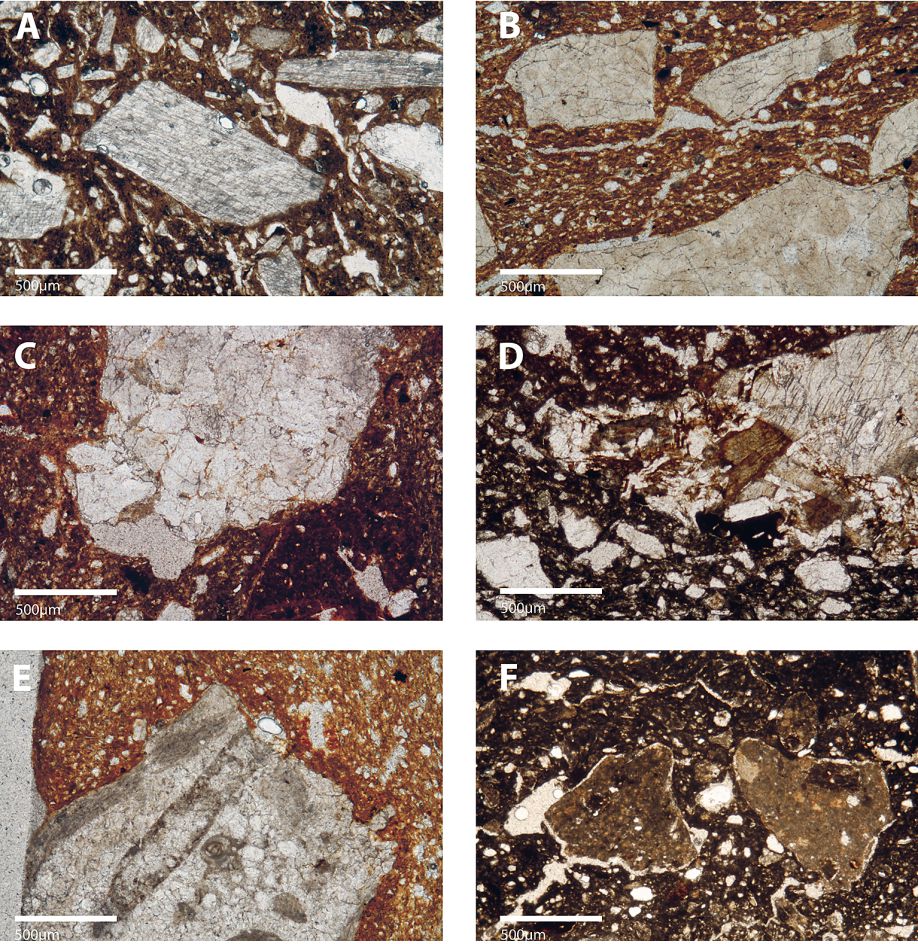Identifying manufacturing groups through the mineralogical analysis of prehistoric pottery
the example of the Cantabrian region (north of Spain)
DOI:
https://doi.org/10.35686/AR.2017.15Keywords:
south-western Europe, Cantabrian Spain, cultural transfer, Neolithic, thin-section, XRD, provenance, raw materialAbstract
Earliest pottery evidence in Cantabrian Spain materialises the way this new technology was adopted on the threshold of the 5th millennium cal BC. These ceramic assemblages have rarely been the object of specific study owing to their limited representativeness from both numerical and morpho-decorative points of view. This paper presents an update on the archaeological evidence, chronology and technological characteristics of the first pottery in the Cantabrian region. It summarizes recent research on this topic focused on technological analysis of some paradigmatic pottery assemblages. It focuses on the importance of the technological study of the first ceramic assemblages in the Cantabrian region (northern Spain) as a way to approach the social significance of this technological innovation. The available information supports the assertion that the appearance of ceramics in the region does not correspond to an exchange of products, but rather to a transfer of technology, and summarizes the nature of this technology and the main activities related to it.
Downloads












